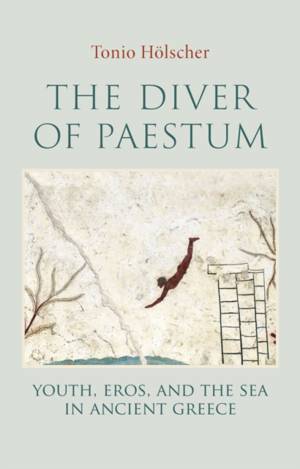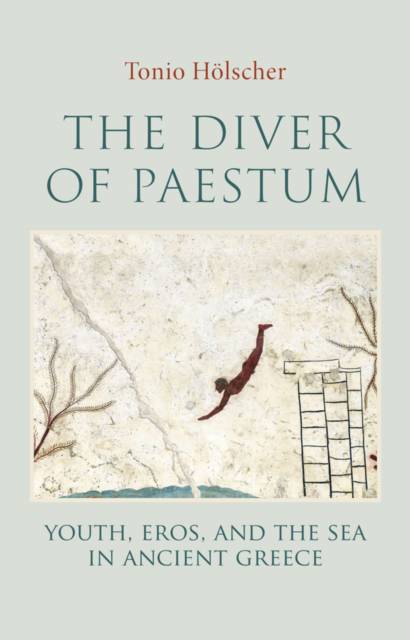
Je cadeautjes zeker op tijd in huis hebben voor de feestdagen? Kom langs in onze winkels en vind het perfecte geschenk!
- Afhalen na 1 uur in een winkel met voorraad
- Gratis thuislevering in België vanaf € 30
- Ruim aanbod met 7 miljoen producten
Je cadeautjes zeker op tijd in huis hebben voor de feestdagen? Kom langs in onze winkels en vind het perfecte geschenk!
- Afhalen na 1 uur in een winkel met voorraad
- Gratis thuislevering in België vanaf € 30
- Ruim aanbod met 7 miljoen producten
Zoeken
€ 27,95
+ 55 punten
Omschrijving
Since its discovery in 1968, the painting of a diver on a tomb in Paestum, originally the Greek colony of Poseidonia in southern Italy, has left viewers spellbound. It depicts a beautiful and enigmatic scene: a young man dives headfirst into the water from a cliff or tower. The image is joined by others from the same tomb depicting a banquet of young people drinking wine, playing games and enjoying music. Understanding this painting is often seen as a key to unlocking some of the mysteries of ancient Greek culture - and therein lies the puzzle. What is the meaning of the diver? Is it, as many have argued, a metaphorical representation of the passage from life to a world beyond?
The eminent art historian Tonio Hölscher rejects this view, arguing that there is nothing symbolic or metaphorical about the painting: the scenes celebrate the real lives of the Greek colonists of the early 5th century BC. The painting captures a young man's spirited personality and pursuits during a life which may have been short, but was lived to the full. In a groundbreaking reversal of how the painting is typically interpreted, this book opens a window onto the world of Ancient Greece and its culture of athleticism, eroticism, love for nature and enjoyment of the sea. A joyful ode to youth, it is above all a unique portrait of the zest for life in Antiquity.
The eminent art historian Tonio Hölscher rejects this view, arguing that there is nothing symbolic or metaphorical about the painting: the scenes celebrate the real lives of the Greek colonists of the early 5th century BC. The painting captures a young man's spirited personality and pursuits during a life which may have been short, but was lived to the full. In a groundbreaking reversal of how the painting is typically interpreted, this book opens a window onto the world of Ancient Greece and its culture of athleticism, eroticism, love for nature and enjoyment of the sea. A joyful ode to youth, it is above all a unique portrait of the zest for life in Antiquity.
Specificaties
Betrokkenen
- Auteur(s):
- Vertaler(s):
- Uitgeverij:
Inhoud
- Aantal bladzijden:
- 136
- Taal:
- Engels
Eigenschappen
- Productcode (EAN):
- 9781509568130
- Verschijningsdatum:
- 18/11/2025
- Uitvoering:
- Hardcover
- Formaat:
- Genaaid
- Afmetingen:
- 142 mm x 224 mm
- Gewicht:
- 226 g

Alleen bij Standaard Boekhandel
+ 55 punten op je klantenkaart van Standaard Boekhandel
Beoordelingen
We publiceren alleen reviews die voldoen aan de voorwaarden voor reviews. Bekijk onze voorwaarden voor reviews.









